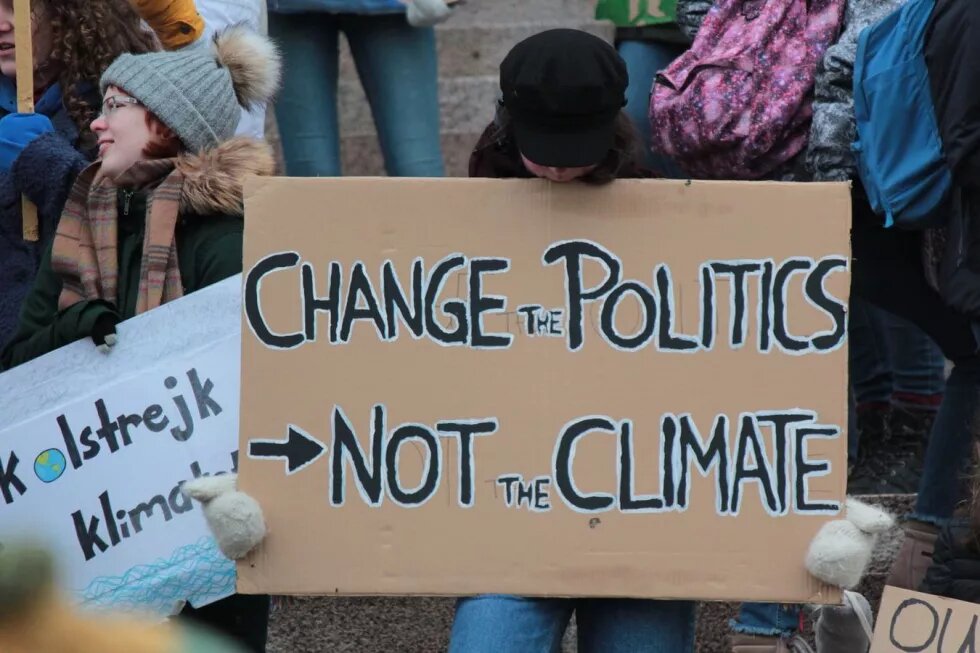Several of the contributions in this on line dossier feature the ability of SSE projects to organize eco-friendly economic activities that actively contribute to mitigating the climate crisis (e.g. energy cooperatives for the exploitation of renewable energy sources, community supported agriculture) and integrate the environmental dimension into their production (straws made of wheat). The role of public policy is to recognize the innovative dynamic of these practices and to facilitate their consolidation and dissemination.

Given that the climate crisis is an aspect of the multi-level systemic crisis of the current paradigm of socio-economic organization, the identification of transformative public policies is much in need. First, we will explain what we mean with the term transformative policies and then we will examine their key features. Finally, we will highlight the public policies that adopt a holistic approach to tackling the climate crisis while strengthening Social Solidarity Economy practices.
Transformative public policies
The term “public policies” refers to a set of state interventions in the public sphere, including legislation, development programs, sectoral policies and the process of design (i.e. planning) and implementation of these policies.
It is clear from the outset that the State does not go easily hand in hand with socio-economic transformation. Conceptualizing the State and its basic functions in the modern world goes beyond the scope of this article. But we can certainly concur that the State is not just an expression of the collective interest, because the term “collective interest” obscures social antagonisms and power differences within the collective.
In short, a governmental intervention that benefits the freelancer does not automatically benefit the precarious migrant worker employed in the freelancer’s business. Moreover, the State is not a neutral arena in which different demands are equally and democratically opposed and ultimately synthesized in the best possible way to promote collective welfare. The State has its own (hierarchical) logic, its own agenda which is interwined with the existing socio-economic organization and generally contributes to its continuation.
With these limitations in mind, we will try to shed light on what could be described as a transformative public policy. In the relevant discussion, some key points are identified as characteristic of a transformative approach towards public policies:
- Transversality, i.e. policies that permeate all levels of government from local, to regional and central.
- Intersectorality, i.e. policies that go beyond the institutional fragmentation of individual ministries and their related responsibilities.
- Adaptability, i.e. policies that are adaptable to the socio-economic context of each local society and do not come fully specialized and preconfigured from the central level.
- Time Continuity, i.e. policies that have a long institutional horizon and do not change radically and/or easily by alterations in government composition.
- Openness, i.e. policies that are open to the involvement of social actors, especially those who lack social power, at the planning stage (co-construction) and not only at the stage of implementation (co-production).
Transformative public policies: SSE in the fight against climate crisis
Several of the contributions in this on line dossier feature the ability of SSE projects to organize eco-friendly economic activities that actively contribute to mitigating the climate crisis (e.g. energy cooperatives for the exploitation of renewable energy sources, community supported agriculture) and integrate the environmental dimension into their production (straws made of wheat). The role of public policy is to recognize the innovative dynamic of these practices and to facilitate their consolidation and dissemination. Let’s look at two ways this can be achieved.
Strengthening alternative food chain systems with an emphasis on the local scale
The effort to link city consumers with the rural population of the greater region can be supported and facilitated through the creation of stable public meeting places (e.g. licensing special open markets without middlemen), the concession of public property for the operation of cooperative groceries that sell local, organic products without middlemen, the cooperative operation of canteens in public institutions such as schools and hospitals, and the sale of organic products from local producers or/and processed products from women's cooperatives or local craft cooperatives.
Holistic approach to the issue of urban waste
The management of urban waste, in view of increasing urbanization, necessitates a holistic approach which primarily involves waste reduction, recycling and re-use. As evidenced by one of the examples examined in the present feature, local governments can support informal waste pickers financially to set up cooperatives in order to enjoy the benefits of formal employment rights, avoid illegal networks of exploitation, and safeguard sound waste management. In Greece, the design of the Green Points and Centers of Recycling, Education, and Screening at Source (KAEDISP in Greek) provides for their operation by SSE entities. A set of actions could be developed from cooperatives and social enterprises, ranging from educating citizens to reusing waste.
In both cases examined, we can identify the direct benefits of political intervention at multiple levels:
- social: employment in equal cooperative terms
- economic: community economic development;
- environmental: reduction of practices that escalate climate change
At the same time, it is clear that these public interventions prerequisite:
- increased coordination between different ministries (environment and economy);
- coherence between central and local level (central level legislation, property concession procedures and resource allocation at local level);
- active agents (cooperatives, social enterprises) and;
- intermediate spaces where the institutional representatives can interact transparently with the active agents to jointly plan the interventions.
It is clear that these prerequisites are by no means self-evident, yet necessary if we are to witness a gradual transition to a different model.